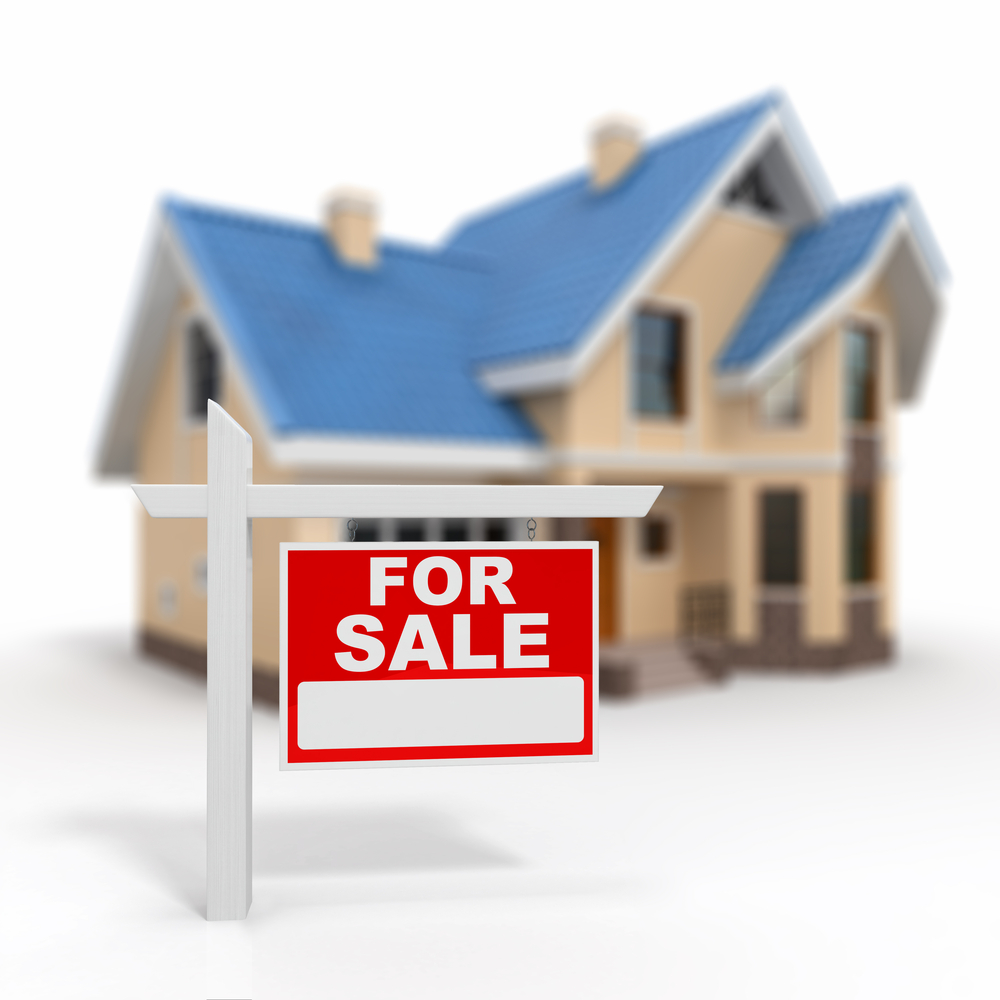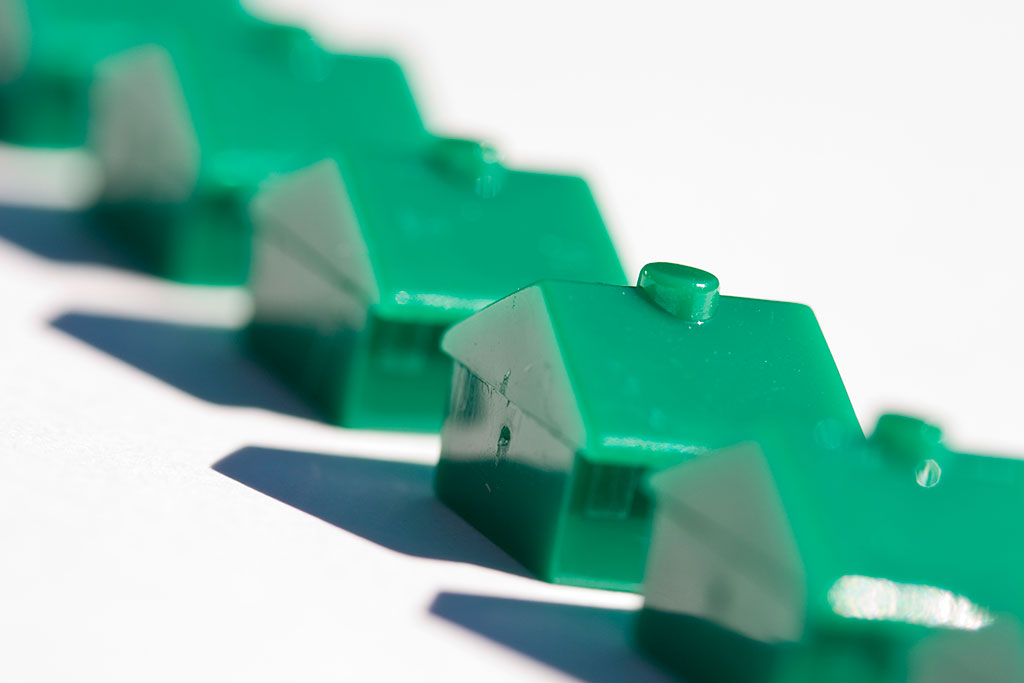Author: Igor Nastaskin
Higher home loan rates are likely as Fed rate hike looms
The Chairwoman of the Federal Reserve, Janet L. Yellen, has stated that the planned increase in interest rates would be done very slowly, with the first expected to be just a 0.25 percentage point increase. She further stated that it will likely take several years to get back to a normal rate, which is about 3.5 to four percent. However, even this small upcoming uptick has had an effect on the home buying marketplace. Since just a half of a point increase can represent an additional $50,000 towards the total cost of buying a home, many people are moving to secure lower rates while they are still available. The Fed hasn’t raised interest rates since 2006, and the rate has hovered around zero percent since 2008. While this has been a boon to the housing market, it has harmed people who save money or live on a fixed income; since 2012, five-year CDs have had interest rates that were below one percent. Mortgage interest rates are expected to increase along with and sometimes in advance of the Fed’s raising the rate. Some home loan rates have already begun to rise in anticipation of the increase because long-term rates tend to reflect expected financial trends. According to the chief financial analyst at Bankrate.com, when the Fed raises the rates, it raises the cost of money for businesses, consumers and the government. Although there are other factors than interest rates that affect mortgage rates, the Fed’s rates are a representation of the overall economic climate.
The Facebook Effect (on real estate prices)
Facebook is worth $220 billion and counting. It comes as no surprise that when the company takes over a chunk of Menlo Park to build its state-of-the art campus, the city sees a seismic change in the local real estate market. According to information form the Silicon Valley Association of Realtors, single-family home sales increased by 41.9 percent from 2012 to 2014. The increase is even more pronounced in East Palo Alto, a predominantly minority enclave that appears to be the last remaining area offering affordable housing in northern California’s hot housing market. Sales of single-family homes grew by 75.6 percent from 2012 to 2014 in East Palo Alto. While the job market remains solid in California’s technology hub, low-income communities on the fringes of these areas face the real possibility of being priced out of their own neighborhoods. Many of these homes were affected by the foreclosure crisis, but they have since been sold and re-sold, with each transaction effectively raising home prices, to satisfy the growing need for housing and commercial space. The real estate decisions of large tech players, such as Facebook, have driven real estate prices higher. The influx of cash-rich homebuyers from abroad contributed to higher demand on limited inventory, driving prices even higher. With rising home prices in tech cities like Palo Alto, housing has been a better investment than the S&P 500 over a 16-year period with less volatility to boot. It is time for local governments to demand greater commitment from big corporations like Facebook to contribute to infrastructure development and creation of affordable housing to ensure sustainable and inclusive communities.
First Quarter 2015 California Housing Affordability
As interest rates lowered and the prices for existing homes stabilized, more Californians realizes their dream of becoming homeowners during the first quarter of 2015. According to the California Association of Realtors, 34 percent of people who wanted to buy a home during this first quarter were able to do so, a figure that rose from 31 percent during the last quarter of 2014. This number is also one percent higher than the first quarter of 2014, but still lower than the 56 percent reported during the first financial quarter of 2012. As noted by CAR, new homeowners were required to earn sufficient incomes to be able to purchase median-priced, single-family homes in the state. During the first quarter of 2014, potential buyers needed to make on average $87,700 to qualify for a mortgage on an existing home priced at $442,430, the average home sale price. Buyers also could expect to make monthly payments with taxes and insurance included set on average at $2190 a month on a 30-year, fixed-rate mortgage, with 20 percent down at the time of purchase and at an interest rate of 3.97 percent. In contrast, the first quarter of 2014 saw home prices set at $418,570 on average, requiring that people make at least $86,800 to qualify for a mortgage. Mortgage rates were 4.46 percent, slightly higher than the current rate of 3.97 percent. Despite interest rates coming down, nine regions in California still experienced difficulties with home prices being affordable for potential home buyers.
Home Prices are Climbing Faster & Faster, but this is not a Bubble
This spring, home buying is off and running. Unfortunately, prices are being driven up faster than in the recent past. These statistics make people mistakenly believe the real estate market is in a bubble. Price increases are common during times of high demand and low supply. When examining the numbers, inventory is increasing, but the rate is slower than sales. This means supply is tight. Since December, supply has been under five months, which is a few months below equilibrium. During times of equilibrium, prices rise approximately 4 percent. According to The National Association of Realtors, March 2015 saw median home prices average $212,000. This was an 8 percent increase from last year. The housing bubble peaked between 2003 and 2005. At that point, supply and price ratios were similar to the present market. However, there are important differences that prove price increases will remain steady. Although prices increased in 2012 and 2013, the market corrected itself for severe price declines of other years. In 2014, appreciation levels moderated. Also, median prices grew less than 8 percent over the last three years. During the bubble, prices grew 10 percent. In the present, the current rent and income ratios are close to the numbers of the mid-1990s. During the bubble, ratios were 35 percent higher. Also, the bubble was affected by quick expansion in mortgage financing. This is not the case for 2015. Thankfully, the current high prices are only expected to continue until first-time buyers return to the market. Down the road, the high prices will encourage more listings and higher levels of construction. These changes will end the problem with supply.
The Incredible Real Estate Portfolio of Oracle Billionaire Larry Ellison
Larry Ellison, former CEO of Oracle, has quite a vast real estate portfolio. His eccentric taste has earned him the reputation of “the nation’s leading trophy-home buyer.” He explains his love of art has influenced many of his purchasing decisions. One of his goals is to convert old homes into art museums. He already started this project by purchasing a home in Kyoto, Japan on the temple grounds in Nanzenji. Over the last 20 years, he has made a few mind-blowing real estate transactions. To date, his largest investment came in 2012 as he paid approximately $500 million to buy 98 percent of the Hawaiian island of Lanai. Although the average home buyer could not touch these incredible properties, it is fun to get a glance at how the rich and famous live. It also serves as inspiration for smaller-scale design ideas. One of Ellison’s favorite places to buy is Malibu, California. It is believed this mogul owns up to 24 properties in the area. One of his most modest purchases is his oceanfront cottage. For $65,000 a month, anyone can rent this four-bedroom gem. The open concept living room overlooks its 70-foot span of private beach, and the deck is an oasis for soaking up the sun. Even though it is impossible for the average person to buy such lavish properties, Ellison serves as an example that an individual should invest in real estate that speaks to personal interests. With a small amount of vision, anyone can turn a piece of coal into a diamond.
Housing Prices on the Upswing
The housing market has found its footing as evidenced by various metrics used to measure year-over-year performance. • The House Price Index – Purchase Only documented by the Federal Housing Finance Agency shows an increase of 5.1 percent for the 12-month period ending in January 2015. This is the 36th time in the same number of months that the House Price Index showed a year-over-year increase. In the same period, the housing prices improved by 20.1 percent. • The National House Price Index from Standard & Poor/Case Shiller mirrors the same trend. According to this metric, housing prices rose by 4.5 percent year-over-year for the period spanning January 2015. This is the 33rd consecutive month that the index increased with house prices rising by 22.1 percent over the previous 2.5 years. • As far as public sentiment related to the housing market, senior executives of the mortgage industry expressed greater confidence than regular consumers that the market will continue to stabilize. House prices will trend up not down according to executives included in Fannie Mae’s Mortgage Lender Sentiment Survey. About a third of senior executives surveyed stated that house prices will remain the same while 3 percent expect prices to drop in the next 12 months.. • Fannie Mae’s National Housing Survey, which is a separate survey from the Lender Sentiment Survey, found that 46 percent of respondents believed that housing prices will increase in 2015 while 41 percent stated that they do not expect any major changes in the market. The same study reported that about 6 percent of the respondents expect price drops in the housing market.
The Closer the Broker, the Quicker the Close
A recent study done by Longwood University in Farmville, Virginia and published in the Journal of Housing Research suggests that the closer a realtor is to the property they are selling, the faster it will sell. Faculty at the university looked at data from a Multiple Listing Service in the state, which provided information about 13,017 sold and 8,053 unsold homes between 1999 and 2009. Researchers determined that for every mile between a home and the listing agent’s office, the average chance that a home will sell goes down by .5 percent and the average time on the market goes up by .36 percent. In other words, a home 20 miles away from a realtor’s office will have a 10 percent less chance of ever selling and will stay 7.2 percent longer on the market if it does sell than a home down the street from the realtor. There are a variety of reasons presented for this phenomenon. The farther away a property is from a realtor, the more time and money they have to spend on it, especially since realtors may need to show prospective buyers homes at unscheduled times. Additionally, the greater this distance a property is from a seller, the less experience they may have with a particular area and its real estate. For these reasons, realtors appear to believe there is some truth in the findings of the study. However, it is important to note that other factors may be involved, such as the fact that homes that are farther away from populous areas may not be as attractive to buyers.
Selling Your House? You Can Avoid These Mistakes
For the majority of my clients, selling their home marks the exciting first step in turning over a new leaf, whether they are upsizing to make room for a new member of the family or making an interstate move to take advantage of promising career prospects. While I understand their eagerness to move on to their next adventure, I’m always sure to caution them about what can make or break their home sale. In short, trusting your agent and remaining flexible are key to achieving a successful home sale at the right price. While you might see your home as bursting with curb appeal and be tempted to price it accordingly, potential buyers surveying a range of homes might observe flaws that you had written off as endearing or simply come away from your home-staging feeling like the sale price isn’t that much of a value. Don’t immediately list your sale price on the high end while expecting prospective buyers to negotiate it down; by doing this, you may steer away large swaths of buyers sticking to a particular price range via online searches or those who might otherwise be interested if the starting price were more in line with recently sold properties around yours. To ensure that your asking price is reasonable, work with your agent to determine the final prices on recent sales in your neighborhood and arrive at a round figure that won’t seem too rigid to prospective buyers. Your agent may also have insight into factors like the local market and attractive features your home has that could boost your asking price. Last but not least, don’t be afraid to negotiate! Taking a small price cut now could be better in the long run than having the house on the market for months on end.





